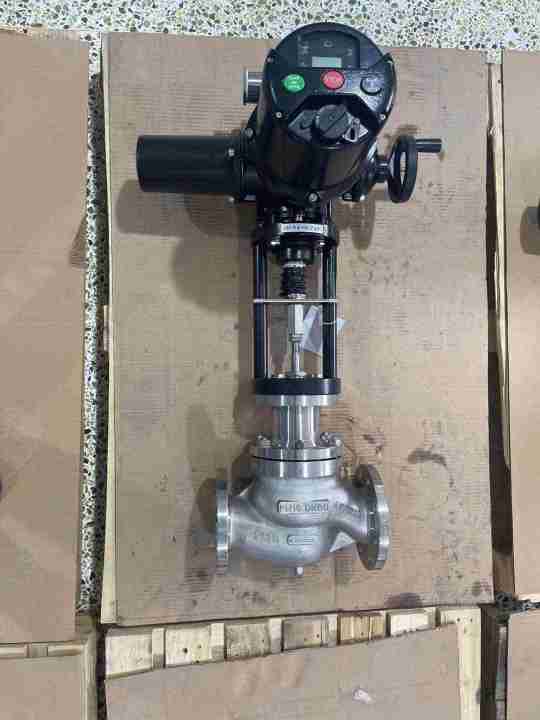Electric two-seat regulating valves play a critical role in various industrial applications, offering precise control over fluid flow and pressure in piping systems. These valves are designed to regulate the flow of liquids and gases, making them essential components in sectors such as oil and gas, chemical processing, water treatment, and HVAC systems. This article explores the design, functionality, advantages, and applications of electric two-seat regulating valves.

Design and Operation The electric two-seat regulating valve consists of two main components: the valve body and the actuator. The valve body typically features two seats that control the flow of media. This design allows for improved flow characteristics and reduced turbulence, resulting in more stable control. The actuator is an electric device that operates the valve, adjusting its position based on input signals from a control system. This can be achieved through various mechanisms, such as stepper motors or servo motors. When the actuator receives a signal indicating the desired flow rate or pressure, it adjusts the valve opening accordingly. This allows for fine-tuning of the flow, making electric two-seat regulating valves ideal for applications requiring high precision.